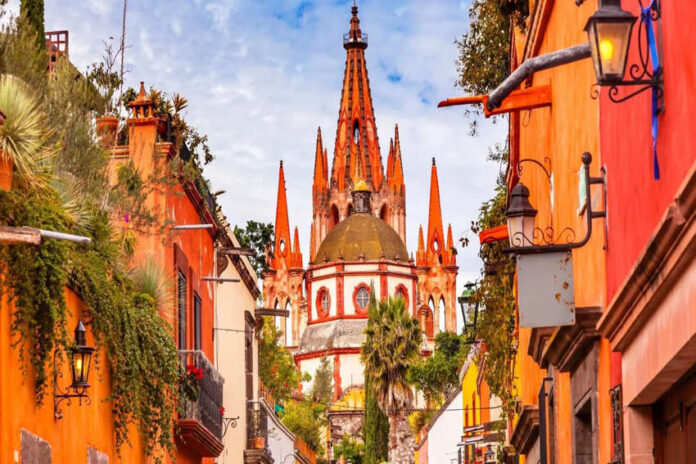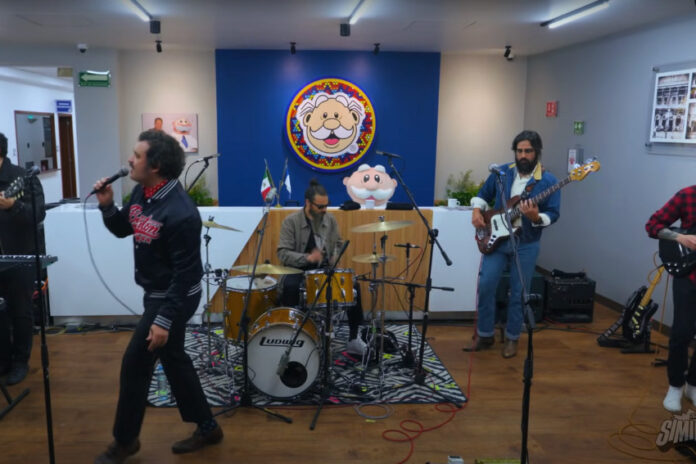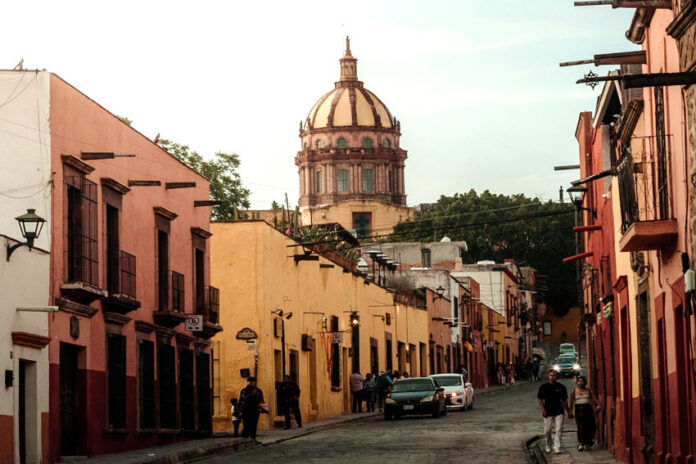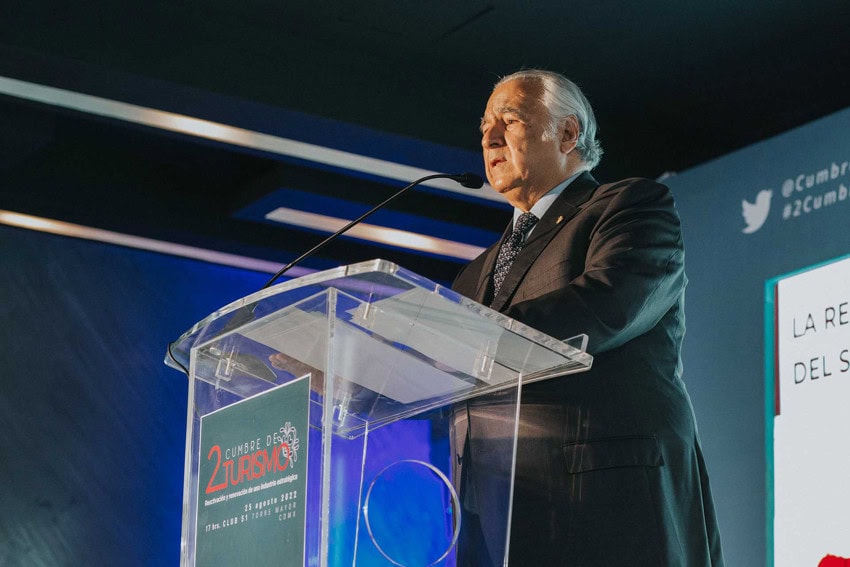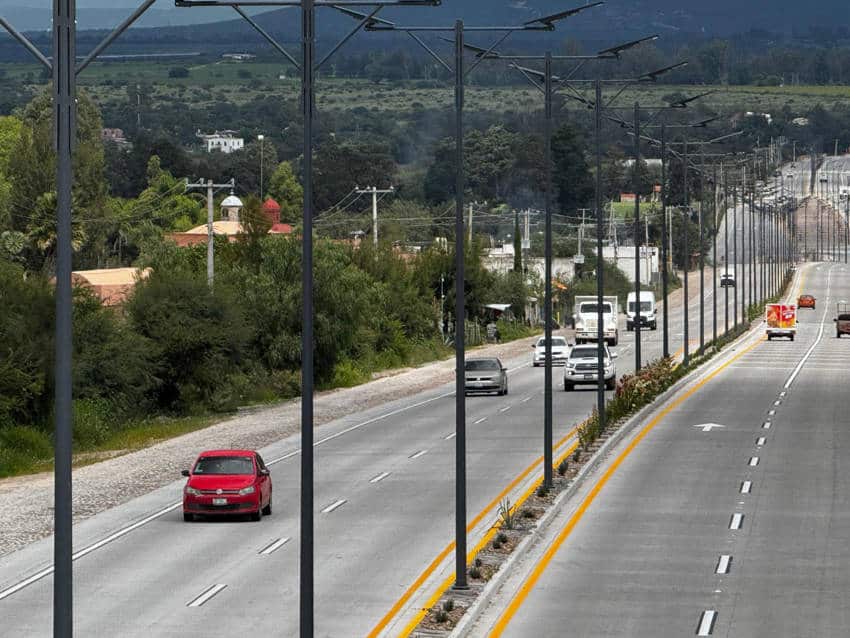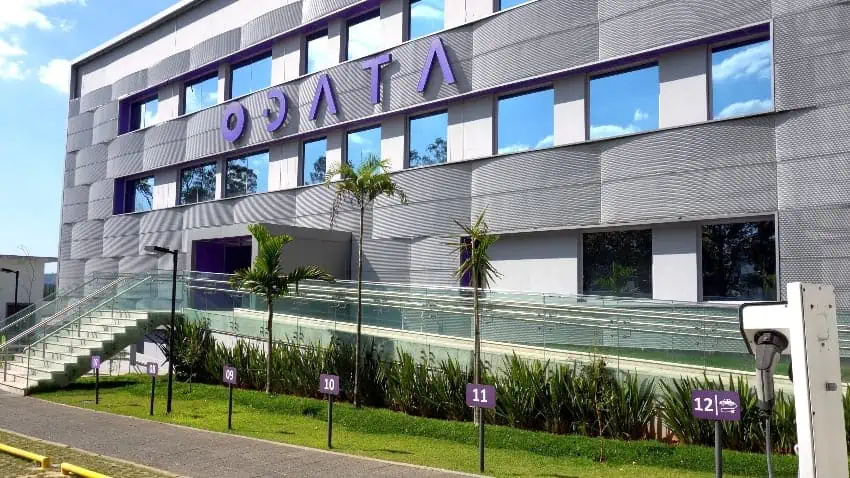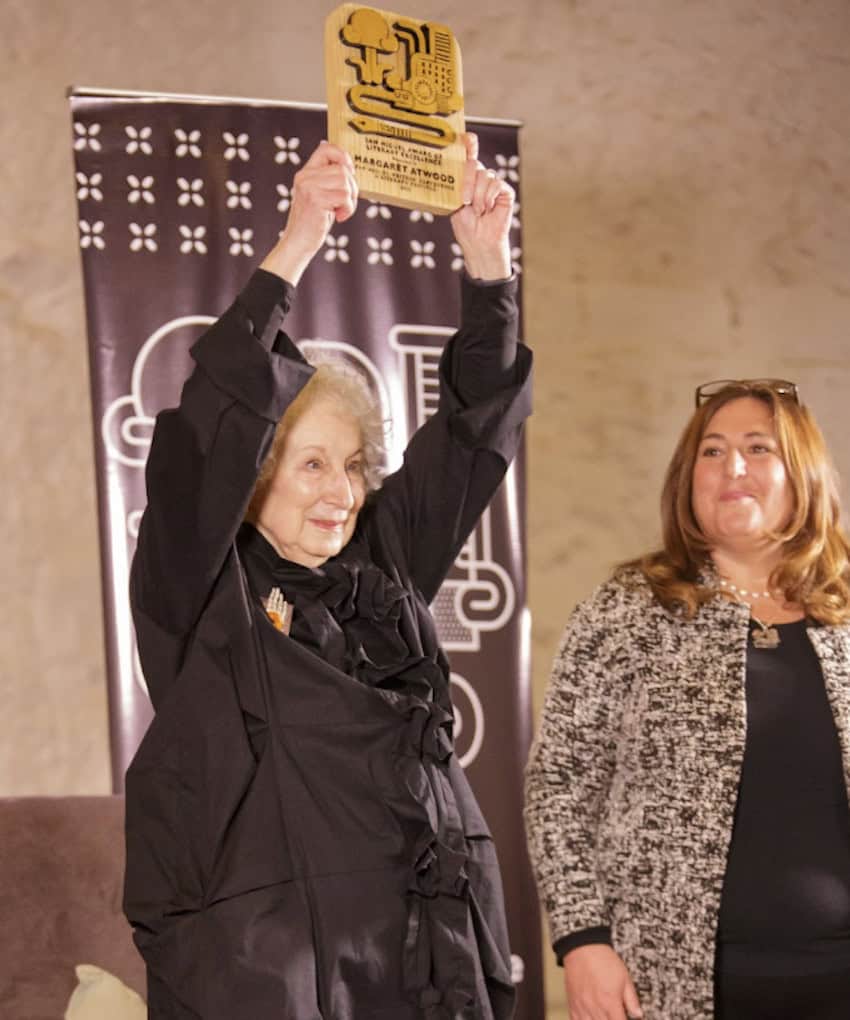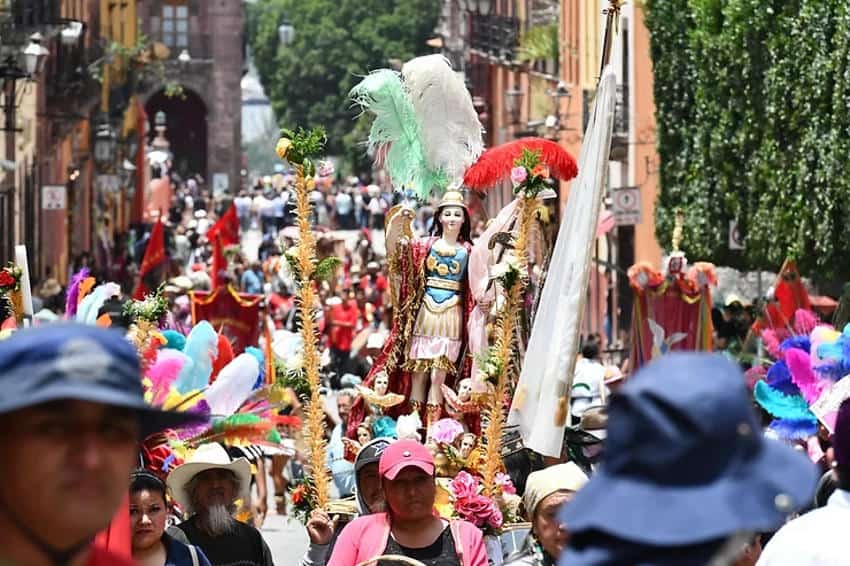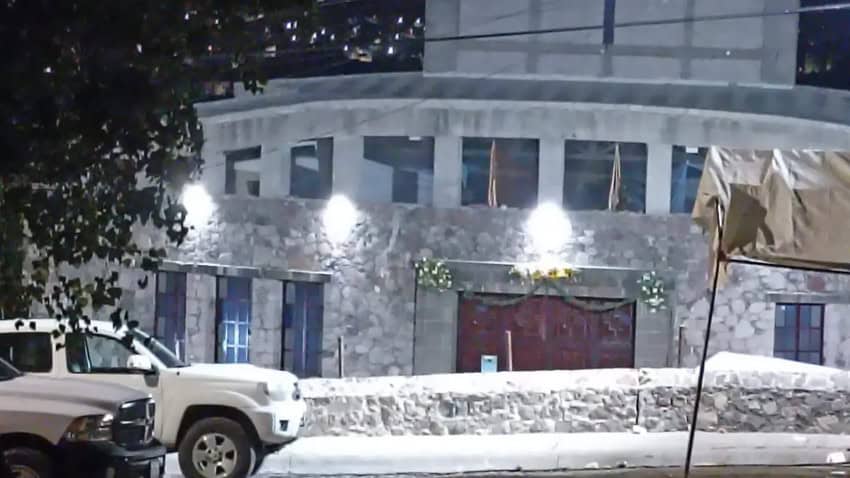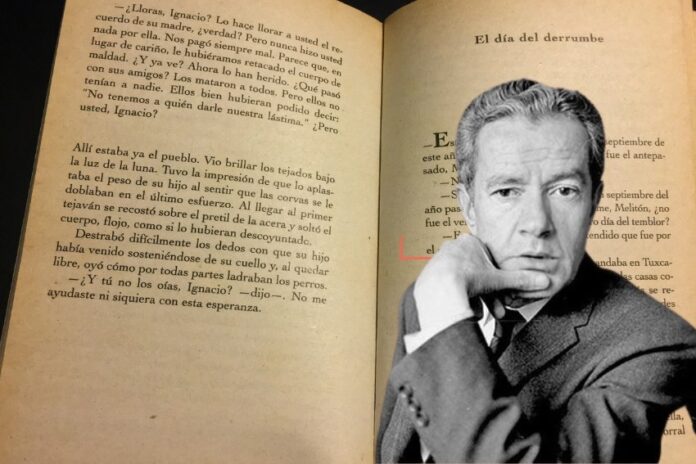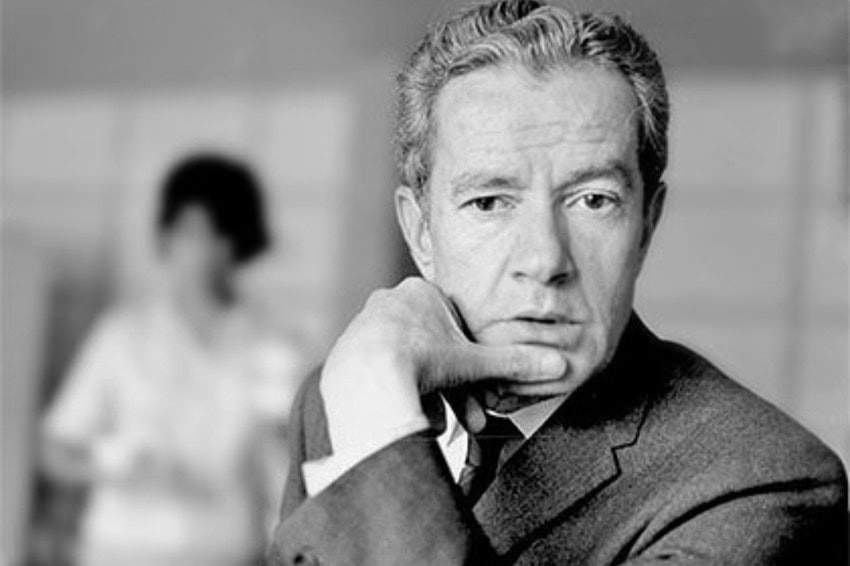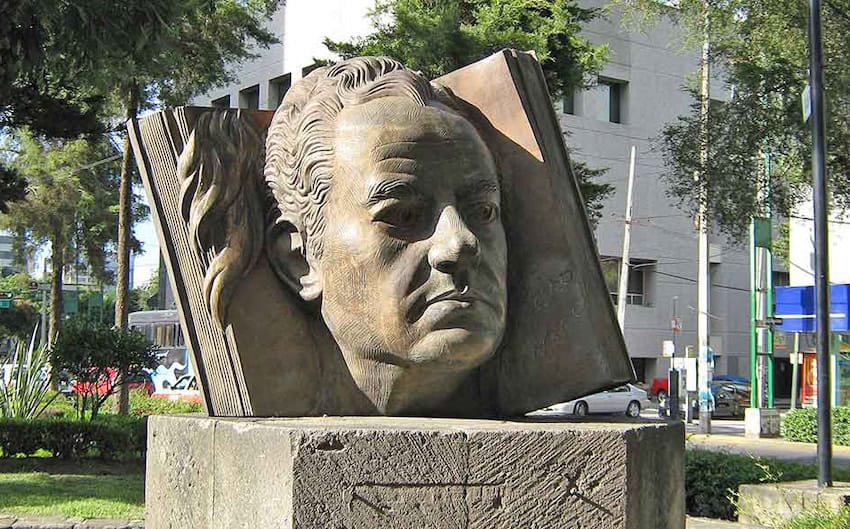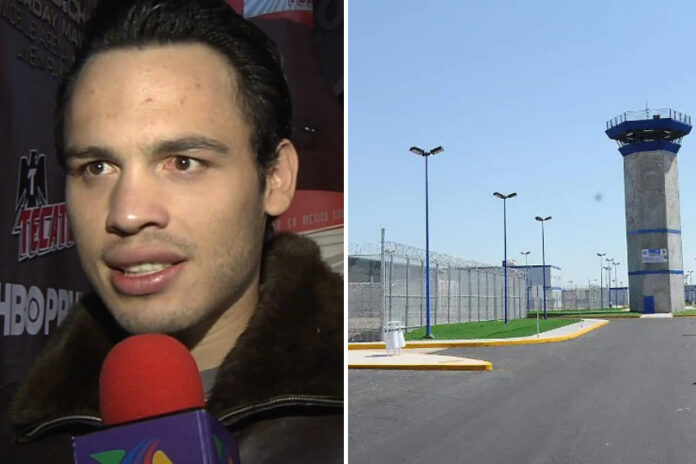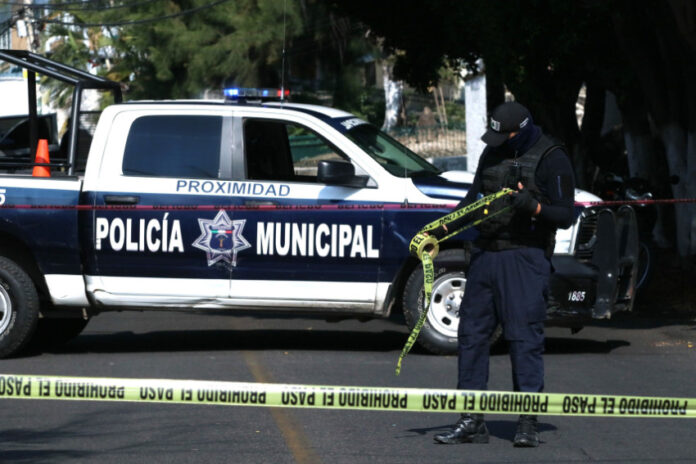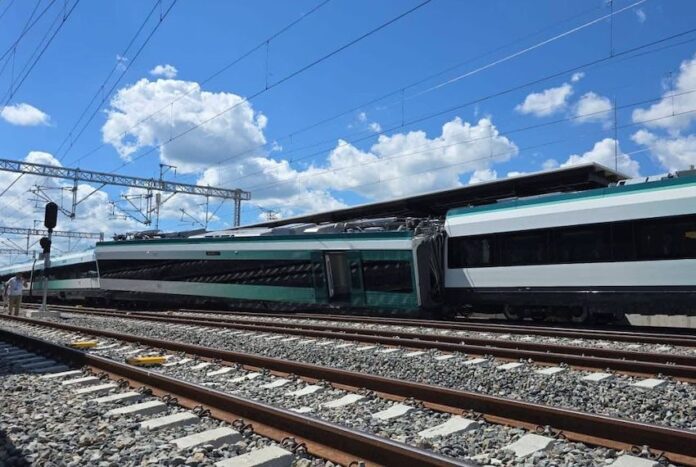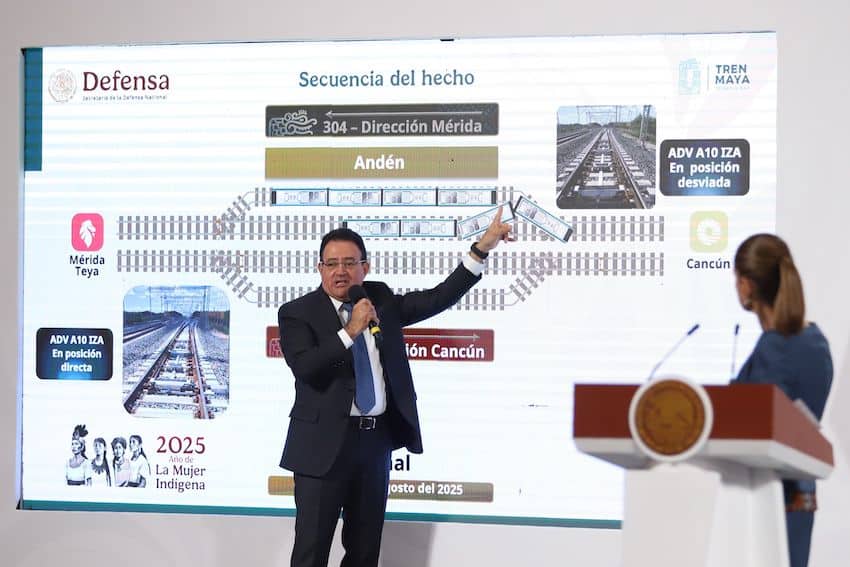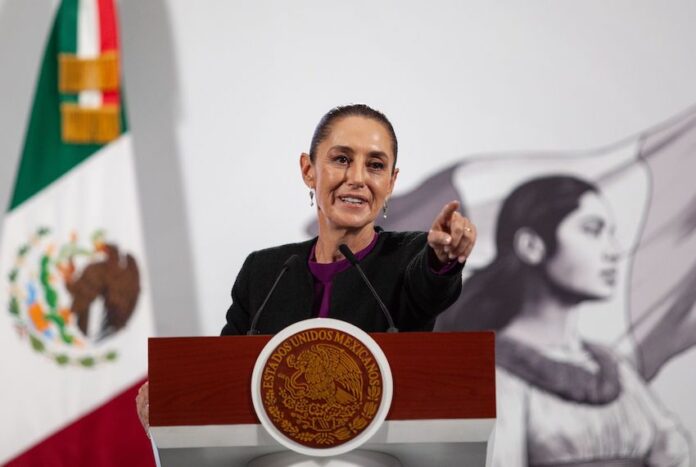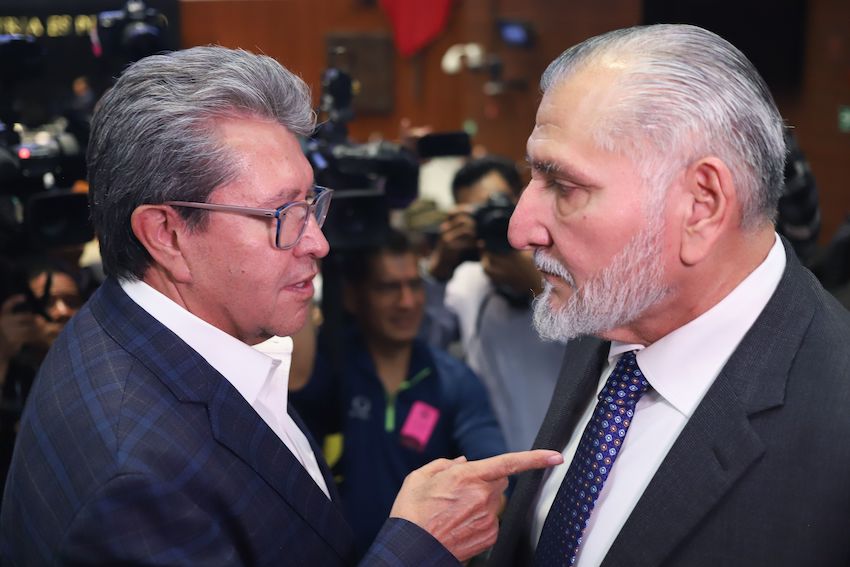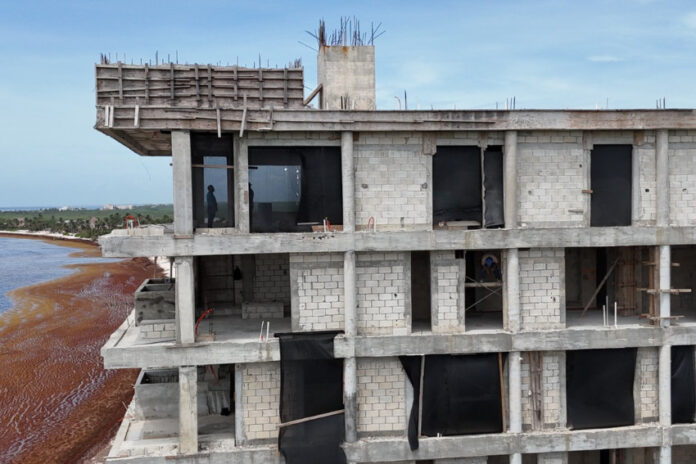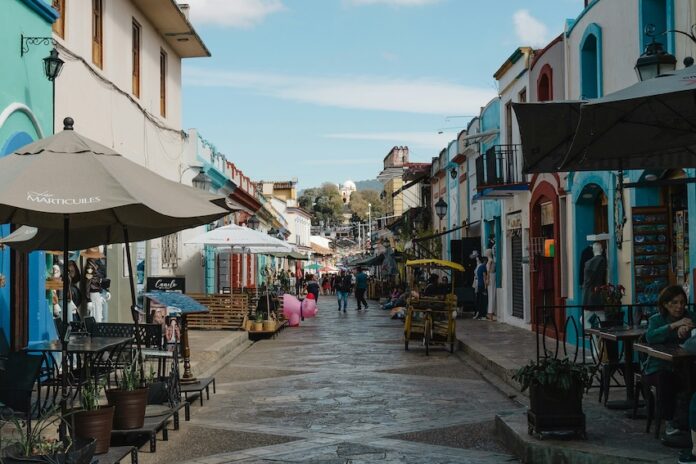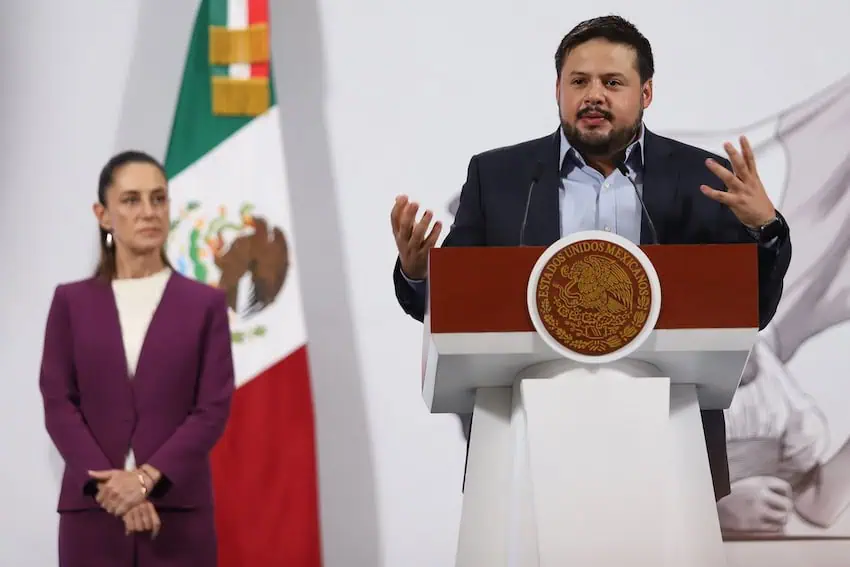San Miguel de Allende’s recognition as the No. 1 City in the World for a second year in a row has put this colonial gem again in the international spotlight. Its charm, culture and especially the kindness of its people (as recently highlighted by MND CEO, Travis Bembenek) attract visitors from around the globe. Yet growth, tourism and development bring both opportunity and challenges, leading some observers to raise concerns about gentrification, strains on infrastructure and the city losing its very character that attracts so many there.
To understand how people feel about the city’s changes, we surveyed 278 individuals —from full-time residents to occasional visitors — about what they love, what concerns them and what their hopes are for San Miguel’s future.
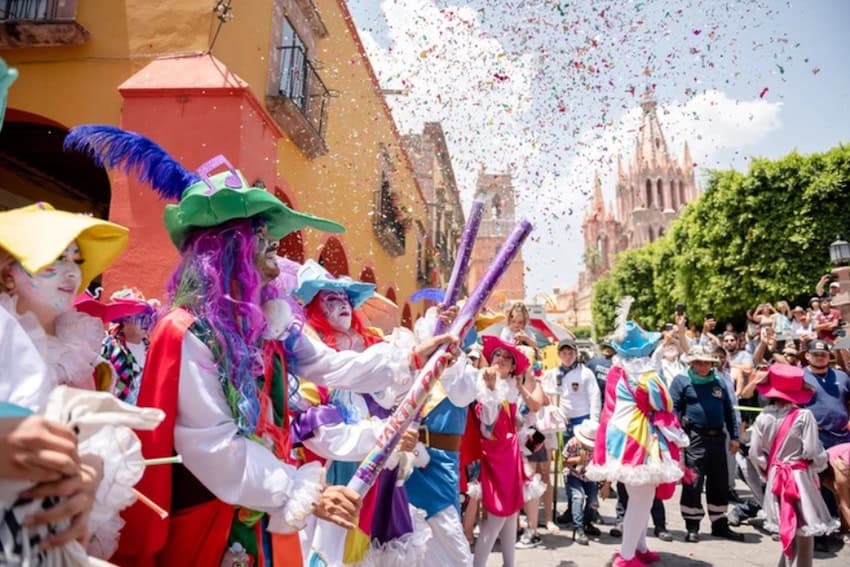
Who shared their voice?
Just over half of respondents (51.5%) said they live in San Miguel de Allende full-time, while another 20% reported being occasional visitors. Another 16.5% split their time as part-time residents.
Frequent visitors (6.6%) and those who had yet to experience the city (5.5%) rounded out the mix, ensuring insights that range from deeply rooted to admiring from afar.
Feelings about the city’s global acclaim
Nearly 45% of respondents felt very positive about the city’s renewed “best city in the world” status, with another 16% mostly positive. Yet 25% shared mixed feelings, reflecting the nuanced impact of international fame, while smaller groups remained neutral or concerned, highlighting the balance of pride and a sense of pressure on prices and amenities.
Below we share a sampling of readers’ responses, in their own words, with minor edits for space or punctuation.

What people love about San Miguel
1. The people
The kindness, warmth and community spirit of San Miguel’s residents were the most cited reason (90 times) that people said they love the city:
- “When the city’s heart beats strongest is when the people of San Miguel de Allende and the surrounding campo [countryside] swell to bursting in its streets on any given holiday, festival or religious event… We are all welcomed here by a truly magical city and its loving people.”
- “I love the respect and genuine kindness that people show for each other. The sounds of honking we endure back in California are replaced with nods, waves and smiles in SMA [San Miguel de Allende].”
2. Architecture and visual identity
Many respondents celebrated the city’s colonial streets, plazas and historic architecture for their beauty, walkability and sense of history:
- “The architecture and history; I like the smaller size of the city.”
- “The central plaza is usually full of locals with children and few tourists… Reminds me of the way it was 30 years ago.”
- “Cleanliness of the city center, well-maintained sidewalks, awesome architecture…”
3. Culture, arts and events

San Miguel’s festivals, galleries, music, and culinary experiences consistently impress:
- “Culture, art, and the people!”
- “Love the GIFF (film festival), food, music, vibe, and culture.”
- “Since I am in the music scene, there are great musicians, venues and festivals.”
4. Climate, lifestyle and small-town charm
Many respondents mentioned factors like walkable streets, mild weather and a welcoming atmosphere contributing to the city’s high quality of life:
- “I love the climate, the Parroquia, the restaurants and food, the accommodations, the relative affordability compared to American prices…”
- “Although the city has become far more cosmopolitan… if you stay away from Centro, you can still find the SMA that was there 25 years ago.”
- “It’s such a walkable city. I feel safe as a single older woman exploring street food, old buildings and neighborhoods.”
What people don’t love about San Miguel de Allende
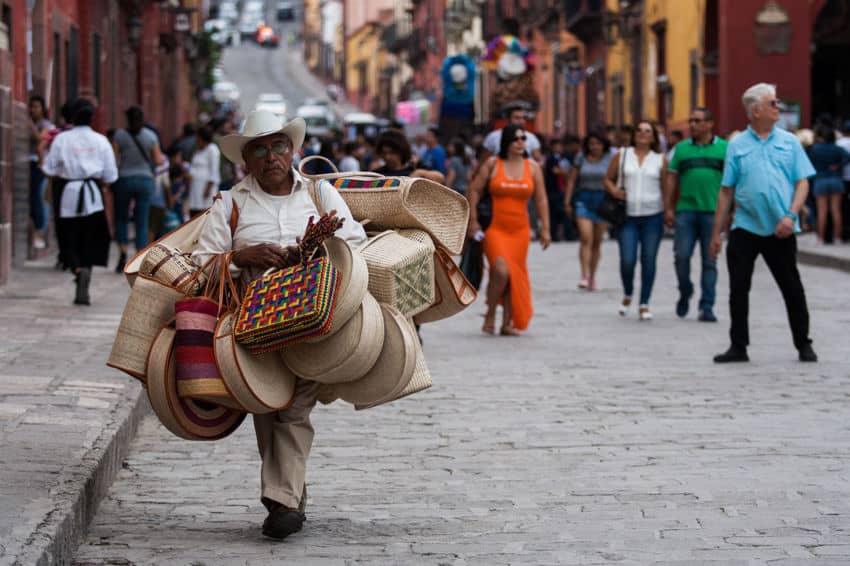
1. Tourism and overcrowding
Respondents often cited rising tourism as a threat to San Miguel’s authenticity and said it was straining the city’s infrastructure:
- “With more tourism, I’m afraid San Miguel is turning into a tourist trap and will be overcrowded all the time.”
- “What I do not love are entitled people who do not respect Mexicans and their traditions.”
- “Hate that expensive shops, hotels and restaurants are taking over.”
2. Cost of living and gentrification
Many respondents worried that rising costs are pushing out longtime residents and changing the city’s soul:
- “Hate the gentrification! The cost of living near Centro has driven long-time Mexican residents out, leaving only expensive boutiques.”
- “Everything priced to match USD, locals cannot eat or drink or even shop at the City Market.”
- “What I really hate to see is calles in Centro that once were primarily residential streets now overtaken by gringo-oriented commercial enterprises. Where do the original residents go?”

3. Infrastructure, services and governance
Growth in San Miguel de Allende is outpacing planning, creating concerns about safety, traffic and the pressure on public services:
- “Lots of insecurity, little infrastructure, too many communities without access to basic services…everyday life for local residents will become unsustainable.”
- “Traffic is often a consequence of poor urban planning, lack of alternatives and insufficient investment in mobility solutions.”
- “I love the city, but I am concerned about too many people draining our limited water resources.”
Airport concerns
Many respondents tied infrastructure worries to the possibility of an airport coming to San Miguel de Allende. While 57.5% of respondents supported the idea (45% strongly), nearly one-third opposed it, citing potential negative impacts:
- “The city’s charm lies in its historical streets and slower pace — an airport might disrupt that and bring too many visitors too quickly.”
- “Don’t let overdevelopment fueled by an airport ruin SMA.”
- “Of course an international airport would be a convenience, but I’m afraid it would have the same negative effect as cruise ships at major tourist destinations… A little inconvenience in getting here makes the reward sweeter.”
- “It is a very small town for the amenities available. I would rather see train service to regional airports than a local airport. Train service would benefit more people.”
- “An airport and international accolades will change the traffic and investment patterns. SMA will grow into a major internationally renowned city. Obviously, this will change its character.”

Looking ahead: A city at a crossroads
While San Miguel de Allende’s world-renowned beauty, culture and warm community draw people from around the globe, preserving the city’s soul requires mindful growth, said respondents.
The responses we received reflect a community deeply proud of its home, aware of its challenges and nostalgic for the city’s past:
- “San Miguel de Allende is truly special. Most days, I have to pinch myself to assure myself that I am not dreaming, I really live in this amazing place!”
- “The inherent kindness here is such a relief for me and helps reinforce my decision to move my life to San Miguel.”
- “It is still ‘authentic’ and very real… San Miguel de Allende is one of the true repositories of Mexican grace and hospitality. Viva San Miguel de Allende!”
- “The town was funky with an exceptional arts community… The funk is diminishing.”
- “Although the city has become far more cosmopolitan and sophisticated over the last 10+ years, it’s so far still managed to maintain its soul, and if you stay away from Centro, you can still find the SMA that was there 25 years ago.”
For San Miguel de Allende, success will mean balancing its cherished traditions, vibrant culture and welcoming community with the realities of modern life, ensuring that the city’s magic continues to thrive for generations to come.
Karla Parra is a Mexican-American writer based in San Miguel de Allende. She writes the MND series Hecho en México, authors Coloring Across Lines on Substack and helps organize the annual San Miguel Writers’ Conference. You can find her on Instagram as @karlaexploradora.
